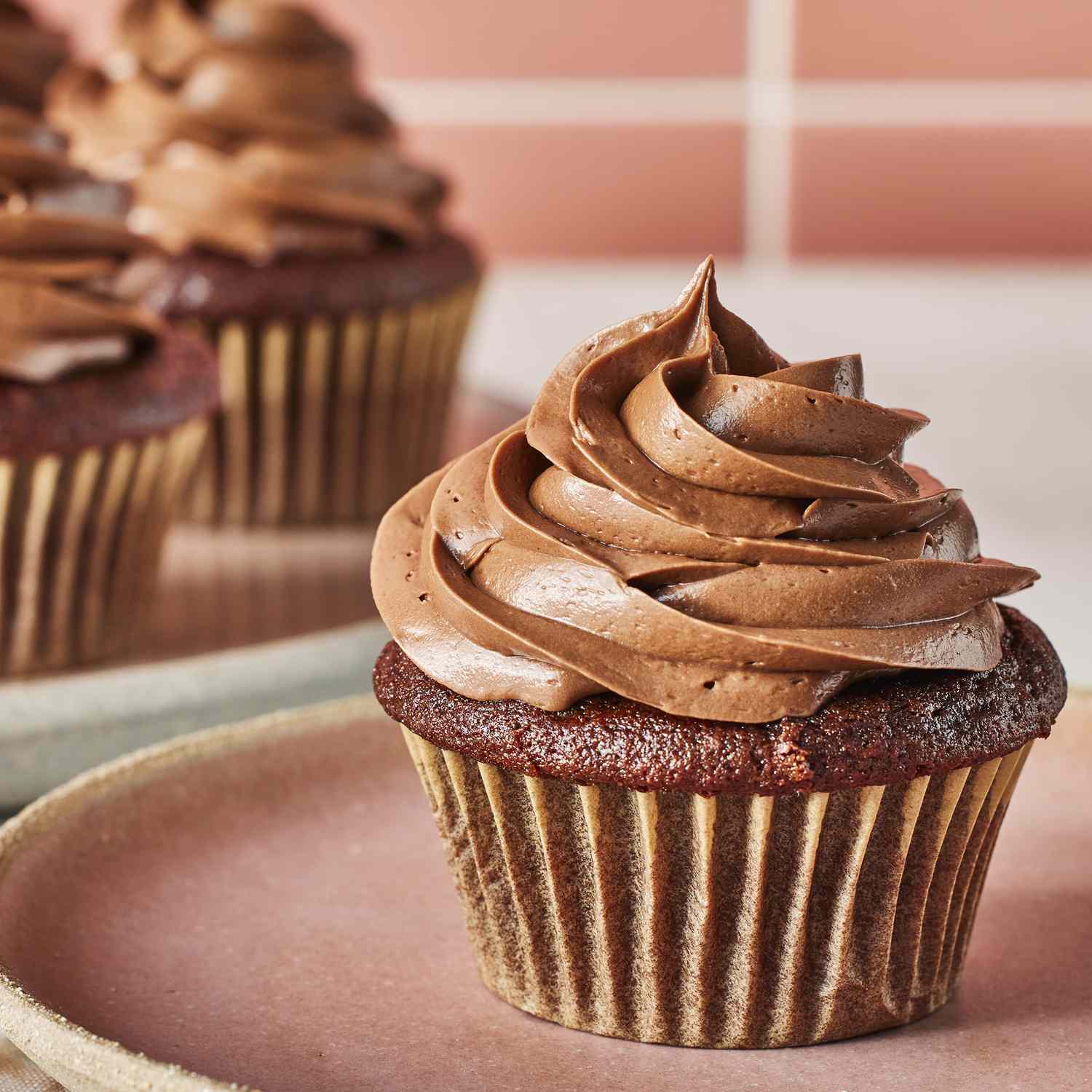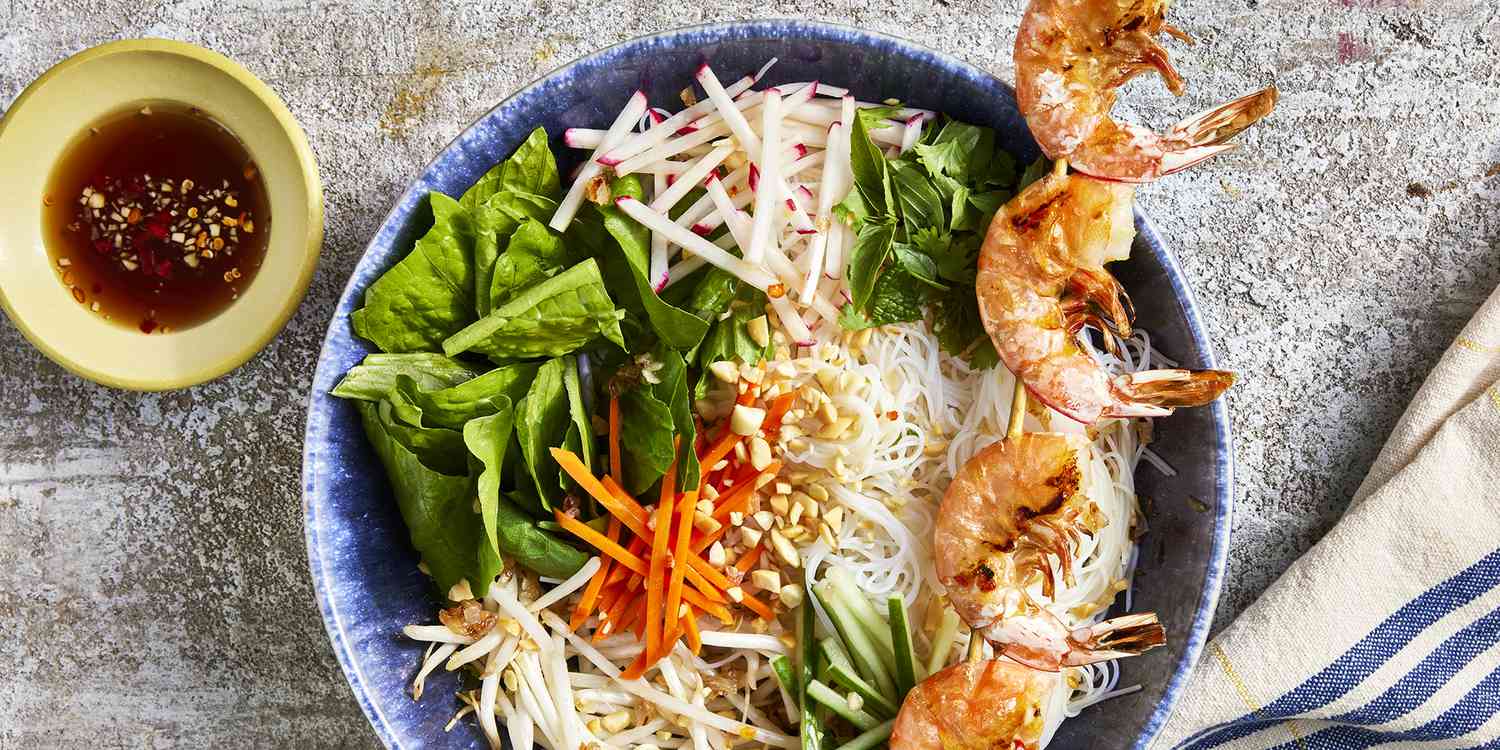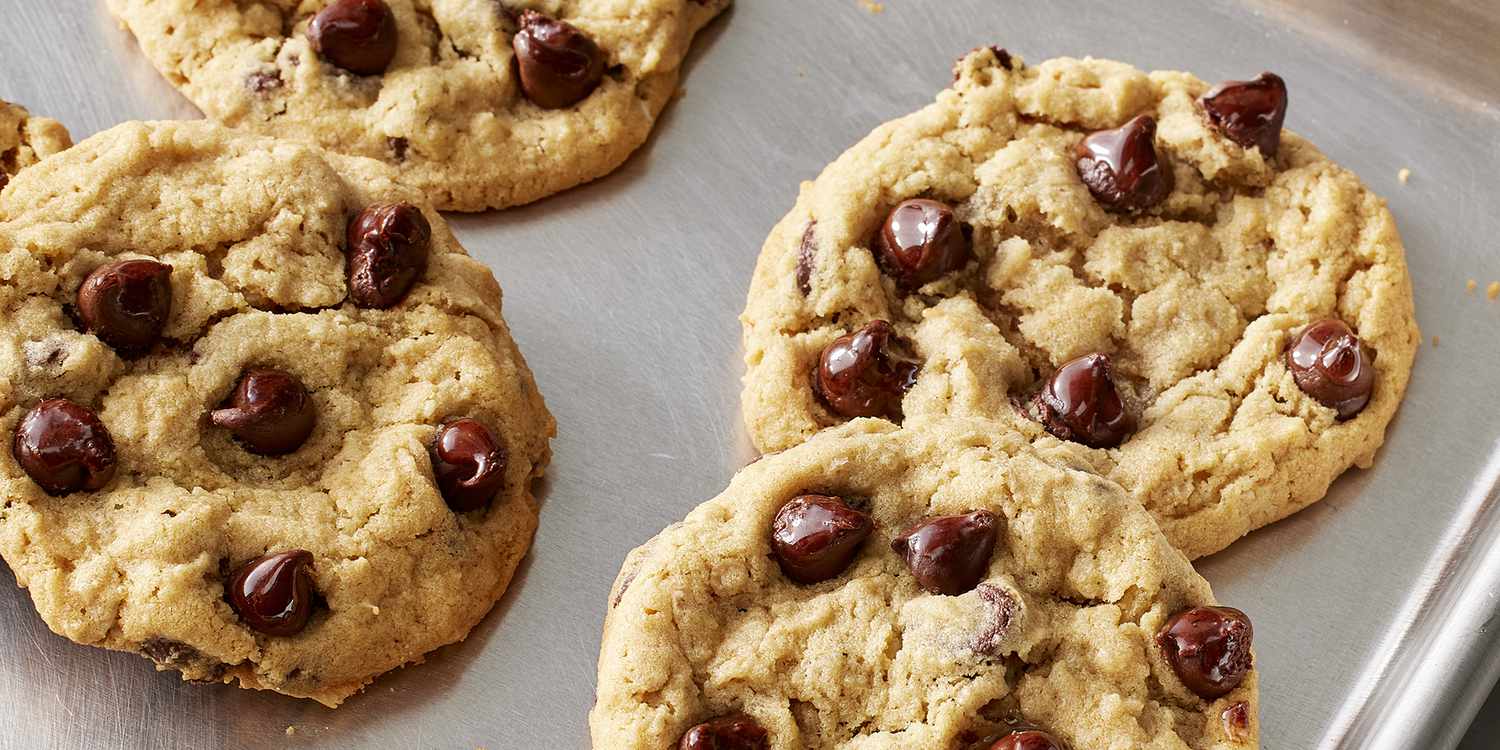I was recently gifted a bottle of Chardonnay and though I’m typically not a fan, I opened it to give it a try. After all, it’s been a few years, maybe my tastes have changed. Spoiler: It’s still not for me. I’m sticking with Sauv Blanc. But I am not one to waste perfectly good food products—especially perfectly good wine. So what to do with an opened container and no plans to use it? I wasn’t in a sangria or spritzer mood, so I decided to try freezing it to use for cooking later on. This way, I’m ready to go the next time I want to make our favorite scampi dinner and don’t want to open a new bottle.
Will Wine Freeze?
The bottom line? Yes. But it’s important to note that wine will only freeze below its freezing point. At (or above, of course) you’ll have a wine slushy. So check the temperature of your freezer, which should be 0 degrees F per the FDA, and the alcohol by volume (ABV) of your wine. The average bottle has an ABV of 11% to 13% which equals a freezing point of about 22 to 24 degrees F (-5.5 to -4.4 degrees C). This is also dependent on sugar content which affects the freezing point, with higher sugars further lowering the sweet spot. So that stands to reason that your wine should freeze in your 0-degree freezer, no problem.
Freezing wine can damage the product, changing tannins, flavor profiles, and alcohol content, so it’s important to use your senses (literally) to suss out whether you can still use it for recipes. The old adage “only cook with a wine you’re willing to drink” holds true. But I have a personal opinion on this. I’m more in the camp of “if it’s not totally offensive, it’s probably fine to use in cooking.” Meaning, if you need a dry red wine for these Rosemary Braised Lamb Shanks I’d be hard-pressed to notice a big difference in the finished product between a run-of-the-mill bottle of just-opened wine versus frozen cubes or a box wine of the same variety that’s a quarter of the price for the amount you get. When cooking with wine, a lot of the nuanced flavors get cooked out and you’re left with acidity and tartness, and in some cases, sweetness if you’re starting with a sweet wine. When you’re layering the wine with garlic, onion, herbs, and other seasonings, frozen and/or leftover wine will do just fine.
How to Freeze Wine
Wine can be poured directly into ice cube trays for easy-to-pop-out flavor building blocks. I have found that it’s best to keep the frozen wine in the trays until you are ready to use them because the cubes tend to slush together if you take them out and put them in a baggie or other container.
Measure the amount you are pouring in and make a note for easy use when you are ready to add it to your recipe. The silicone tray I used holds 2 to 3 ounces of liquid or 1/4 to 1/3 cup per cube. Perfect for dropping into this Wine Sauce for Seafood recipe or these Easy Baked Pork Chops. Frozen wine defrosts pretty quickly but it can also go right into the pot or pan from the freezer.
You can also use mason jars or even freezer-safe resealable plastic bags to freeze your wine. I have found that wine I have frozen in a mason jar can be scooped out with a spoon pretty easily when you need just a few tablespoons for a weeknight clam sauce or your own homemade kung pao chicken.

Ahanov Michael/Shutterstock
How to Use Frozen Wine
Other than saving unused wine for cooking, frozen wine makes great ice cubes to chill sangria or (adult) punch, or you can blend it up with fruit or juice to make a wine slushy. Simply mix the frozen wine cubes with soda and you have a frosty spritzer. Since some of the alcohol flavors get stronger when you freeze the vino, it helps to mix it with something to mellow it out.
Other Tips for Cooking With Wine Without the Waste
If you aren’t a wine drinker to begin with but find a recipe that calls for it, it can be daunting to open a whole bottle just to use half a cup. In addition to freezing wine, there are other workarounds to consider.
Try Using Small Bottles
Just like small bottles of sparkling wine are great to keep around for cocktails (and for simply being adorable), small bottles of wine are a practical solution for recipes. The 187-milliliter bottles you can pick up at the store will give you about 3/4 cup (or a little more than 6 ounces) of this ingredient. One bottle is all you need to make a versatile Creamy White Wine Sauce. Two bottles—no leftovers—are all you need for this delicious Cioppino.
Keep a Box of Wine Around
I know plenty of chefs and home cooks alike that keep a box of wine around in the fridge or pantry for cooking (and drinking for that matter!). The airtight bag around the juice keeps oxygen from getting in which keeps the product fresh for four to six weeks. The value can be hard to beat so if you cook with wine a lot, or you’re making vats of bolognese this is a great option. For overall flexibility, I’d opt for Pinot Noir for a red variety or Sauvignon Blanc for white.
The Best Substitutes for Wine in a Recipe
Want to skip the alcohol altogether or don’t have it on hand? Try these substitutes for similar results. Red wine can be replaced by a splash of red wine vinegar either at the end for acid or toward the beginning to help deglaze. Likewise, beef, chicken, or vegetable stocks are great for deglazing and adding depth of flavor in place of wine. A tart juice like cranberry or pomegranate can be swapped in as well if the flavor profile will lend itself well to the sweetness they will add (like for braised meat). Or try a combo to get a perfect balance. White wine substitutes can also include vegetable or chicken stock, and vinegar, but I also like to use fresh lemon juice to get that similar bright tartness.




